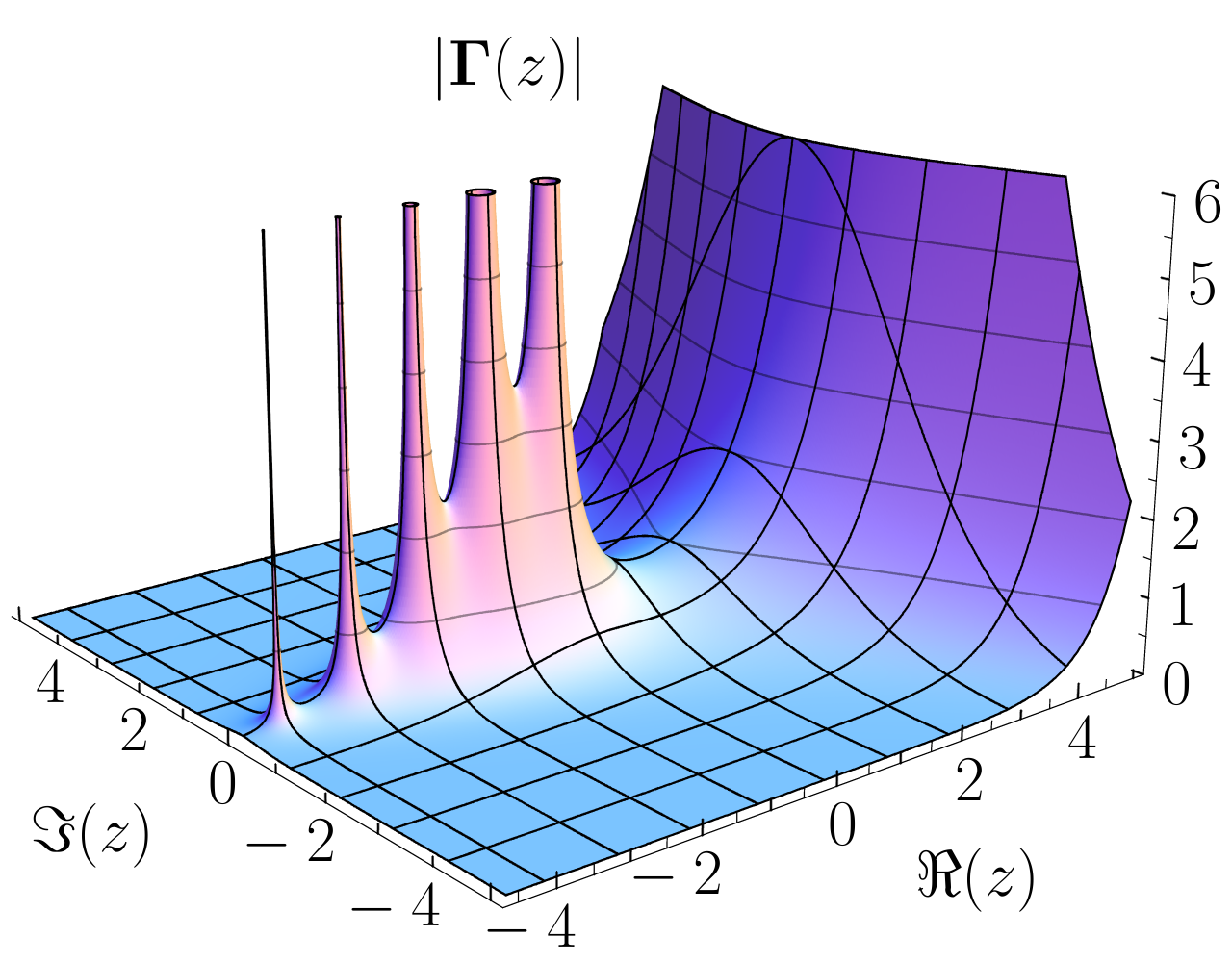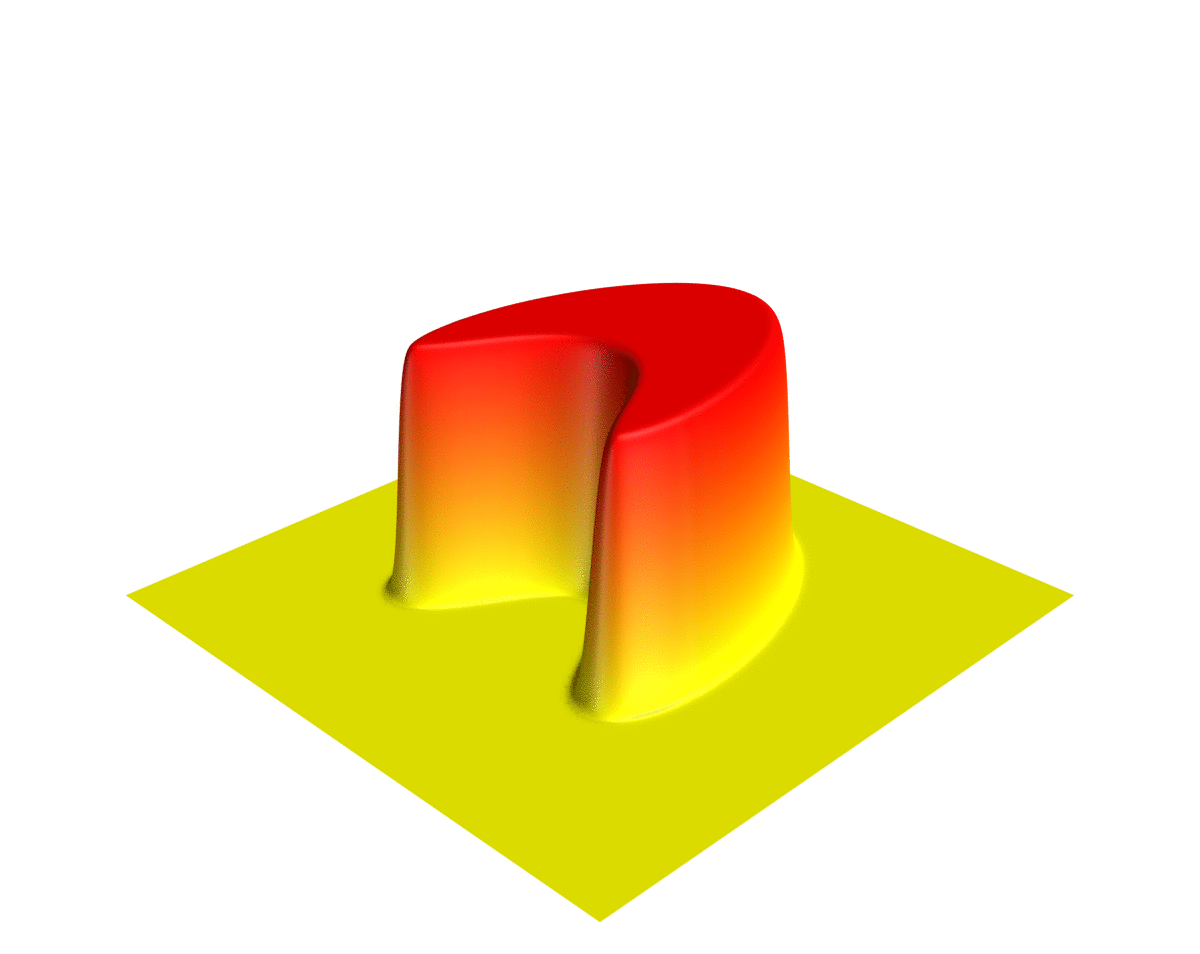|
Alfred Cardew Dixon
Sir Alfred Cardew Dixon, 1st Baronet Warford FRS (22 May 1865 – 4 May 1936) was an English mathematician. Biography Dixon was born on 22 May 1865 in Northallerton, Yorkshire, England. He studied at the University of London and graduated with an MA. He entered Trinity College, Cambridge, in 1883 and graduated as Senior Wrangler in the Mathematical Tripos in 1886. In 1888, Dixon was awarded the second Smith's Prize, and also appointed a Fellow of Trinity College, Cambridge. He took the degree of Sc.D. at Cambridge University in 1897. He was Professor of Mathematics at Queen's College, Galway, from 1893 to 1901. In 1901 he was appointed to the chair at Queen's University Belfast, which he held till 1930, receiving the title of Emeritus Professor on retirement. Dixon was elected to the Royal Society in 1904 and after he retired from Queen's University Belfast, he served as president of the London Mathematical Society from 1931 until 1933. Queen's University Belfast conferred ... [...More Info...] [...Related Items...] OR: [Wikipedia] [Google] [Baidu] |
Mathematics
Mathematics is a field of study that discovers and organizes methods, Mathematical theory, theories and theorems that are developed and Mathematical proof, proved for the needs of empirical sciences and mathematics itself. There are many areas of mathematics, which include number theory (the study of numbers), algebra (the study of formulas and related structures), geometry (the study of shapes and spaces that contain them), Mathematical analysis, analysis (the study of continuous changes), and set theory (presently used as a foundation for all mathematics). Mathematics involves the description and manipulation of mathematical object, abstract objects that consist of either abstraction (mathematics), abstractions from nature orin modern mathematicspurely abstract entities that are stipulated to have certain properties, called axioms. Mathematics uses pure reason to proof (mathematics), prove properties of objects, a ''proof'' consisting of a succession of applications of in ... [...More Info...] [...Related Items...] OR: [Wikipedia] [Google] [Baidu] |
1936 Deaths
Events January–February * January 20 – The Prince of Wales succeeds to the throne of the United Kingdom as King Edward VIII, following the death of his father, George V, at Sandringham House. * January 28 – Death and state funeral of George V, State funeral of George V of the United Kingdom. After a procession through London, he is buried at St George's Chapel, Windsor Castle. * February 4 – Radium E (bismuth-210) becomes the first radioactive element to be made synthetically. * February 6 – The 1936 Winter Olympics, IV Olympic Winter Games open in Garmisch-Partenkirchen, Germany. * February 10–February 19, 19 – Second Italo-Ethiopian War: Battle of Amba Aradam – Italian forces gain a decisive tactical victory, effectively neutralizing the army of the Ethiopian Empire. * February 16 – 1936 Spanish general election: The left-wing Popular Front (Spain), Popular Front coalition takes a majority. * February 26 – February 26 Incident (二・二六事件, ... [...More Info...] [...Related Items...] OR: [Wikipedia] [Google] [Baidu] |
1865 Births
Events January * January 4 – The New York Stock Exchange opens its first permanent headquarters at 10-12 Broad near Wall Street, in New York City. * January 13 – American Civil War: Second Battle of Fort Fisher – Union forces launch a major amphibious assault against the last seaport held by the Confederates, Fort Fisher, North Carolina. * January 15 – American Civil War: Union forces capture Fort Fisher. * January 31 ** The Thirteenth Amendment to the United States Constitution (conditional prohibition of slavery and involuntary servitude) passes narrowly, in the House of Representatives. ** American Civil War: Confederate General Robert E. Lee becomes general-in-chief. February * February 3 – American Civil War: Hampton Roads Conference: Union and Confederate leaders discuss peace terms. * February 6 – The municipal administration of Finland is established. * February 8 & March 8 – Gregor Mendel reads his paper on '' E ... [...More Info...] [...Related Items...] OR: [Wikipedia] [Google] [Baidu] |
Hypergeometric Function
In mathematics, the Gaussian or ordinary hypergeometric function 2''F''1(''a'',''b'';''c'';''z'') is a special function represented by the hypergeometric series, that includes many other special functions as specific or limiting cases. It is a solution of a second-order linear ordinary differential equation (ODE). Every second-order linear ODE with three regular singular points can be transformed into this equation. For systematic lists of some of the many thousands of published identities involving the hypergeometric function, see the reference works by and . There is no known system for organizing all of the identities; indeed, there is no known algorithm that can generate all identities; a number of different algorithms are known that generate different series of identities. The theory of the algorithmic discovery of identities remains an active research topic. History The term "hypergeometric series" was first used by John Wallis in his 1655 book ''Arithmetica Infinitor ... [...More Info...] [...Related Items...] OR: [Wikipedia] [Google] [Baidu] |
Binomial Coefficient
In mathematics, the binomial coefficients are the positive integers that occur as coefficients in the binomial theorem. Commonly, a binomial coefficient is indexed by a pair of integers and is written \tbinom. It is the coefficient of the term in the polynomial expansion of the binomial power ; this coefficient can be computed by the multiplicative formula : \binom nk = \frac, which using factorial notation can be compactly expressed as : \binom = \frac. For example, the fourth power of is : \begin (1 + x)^4 &= \tbinom x^0 + \tbinom x^1 + \tbinom x^2 + \tbinom x^3 + \tbinom x^4 \\ &= 1 + 4x + 6 x^2 + 4x^3 + x^4, \end and the binomial coefficient \tbinom =\tfrac = \tfrac = 6 is the coefficient of the term. Arranging the numbers \tbinom, \tbinom, \ldots, \tbinom in successive rows for gives a triangular array called Pascal's triangle, satisfying the recurrence relation : \binom = \binom + \binom . The binomial coefficients occur in many areas of mathematics, and espe ... [...More Info...] [...Related Items...] OR: [Wikipedia] [Google] [Baidu] |
Doubly Periodic Function
In mathematics, a doubly periodic function is a function defined on the complex plane and having two "periods", which are complex numbers ''u'' and ''v'' that are linearly independent as vectors over the field of real numbers. That ''u'' and ''v'' are periods of a function ''ƒ'' means that :f(z + u) = f(z + v) = f(z)\, for all values of the complex number ''z''. The doubly periodic function is thus a two-dimensional extension of the simpler singly periodic function, which repeats itself in a single dimension. Familiar examples of functions with a single period on the real number line include the trigonometric functions like cosine and sine, In the complex plane the exponential function ''e''''z'' is a singly periodic function, with period 2''πi''. Examples As an arbitrary mapping from pairs of reals (or complex numbers) to reals, a doubly periodic function can be constructed with little effort. For example, assume that the periods are 1 and ''i'', so that the repe ... [...More Info...] [...Related Items...] OR: [Wikipedia] [Google] [Baidu] |
Meromorphic Function
In the mathematical field of complex analysis, a meromorphic function on an open subset ''D'' of the complex plane is a function that is holomorphic on all of ''D'' ''except'' for a set of isolated points, which are ''poles'' of the function. The term comes from the Greek ''meros'' ( μέρος), meaning "part". Every meromorphic function on ''D'' can be expressed as the ratio between two holomorphic functions (with the denominator not constant 0) defined on ''D'': any pole must coincide with a zero of the denominator. Heuristic description Intuitively, a meromorphic function is a ratio of two well-behaved (holomorphic) functions. Such a function will still be well-behaved, except possibly at the points where the denominator of the fraction is zero. If the denominator has a zero at ''z'' and the numerator does not, then the value of the function will approach infinity; if both parts have a zero at ''z'', then one must compare the multiplicity of these zeros. From an algeb ... [...More Info...] [...Related Items...] OR: [Wikipedia] [Google] [Baidu] |
Functional Equation
In mathematics, a functional equation is, in the broadest meaning, an equation in which one or several functions appear as unknowns. So, differential equations and integral equations are functional equations. However, a more restricted meaning is often used, where a ''functional equation'' is an equation that relates several values of the same function. For example, the logarithm functions are essentially characterized by the ''logarithmic functional equation'' \log(xy)=\log(x) + \log(y). If the domain of the unknown function is supposed to be the natural numbers, the function is generally viewed as a sequence, and, in this case, a functional equation (in the narrower meaning) is called a recurrence relation. Thus the term ''functional equation'' is used mainly for real functions and complex functions. Moreover a smoothness condition is often assumed for the solutions, since without such a condition, most functional equations have very irregular solutions. For example, the ... [...More Info...] [...Related Items...] OR: [Wikipedia] [Google] [Baidu] |
Automorphic Function
In mathematics, an automorphic function is a function on a space that is invariant under the action of some group, in other words a function on the quotient space. Often the space is a complex manifold and the group is a discrete group. Factor of automorphy In mathematics, the notion of factor of automorphy arises for a group acting on a complex-analytic manifold. Suppose a group G acts on a complex-analytic manifold X. Then, G also acts on the space of holomorphic functions from X to the complex numbers. A function f is termed an ''automorphic form'' if the following holds: : f(g.x) = j_g(x)f(x) where j_g(x) is an everywhere nonzero holomorphic function. Equivalently, an automorphic form is a function whose divisor is invariant under the action of G. The ''factor of automorphy'' for the automorphic form f is the function j. An ''automorphic function'' is an automorphic form for which j is the identity. Some facts about factors of automorphy: * Every factor of automorphy is a ... [...More Info...] [...Related Items...] OR: [Wikipedia] [Google] [Baidu] |
Abelian Integral
In mathematics, an abelian integral, named after the Norwegian mathematician Niels Henrik Abel, is an integral in the complex plane of the form :\int_^z R(x,w) \, dx, where R(x,w) is an arbitrary rational function of the two variables x and w, which are related by the equation :F(x,w)=0, where F(x,w) is an irreducible polynomial in w, :F(x,w)\equiv\varphi_n(x)w^n+\cdots+\varphi_1(x)w +\varphi_0\left(x\right), whose coefficients \varphi_j(x), j=0,1,\ldots,n are rational functions of x. The value of an abelian integral depends not only on the integration limits, but also on the path along which the integral is taken; it is thus a multivalued function of z. Abelian integrals are natural generalizations of elliptic integrals, which arise when :F(x,w)=w^2-P(x), \, where P\left(x\right) is a polynomial of degree 3 or 4. Another special case of an abelian integral is a hyperelliptic integral, where P(x), in the formula above, is a polynomial of degree greater than 4. Hist ... [...More Info...] [...Related Items...] OR: [Wikipedia] [Google] [Baidu] |
Partial Differential Equation
In mathematics, a partial differential equation (PDE) is an equation which involves a multivariable function and one or more of its partial derivatives. The function is often thought of as an "unknown" that solves the equation, similar to how is thought of as an unknown number solving, e.g., an algebraic equation like . However, it is usually impossible to write down explicit formulae for solutions of partial differential equations. There is correspondingly a vast amount of modern mathematical and scientific research on methods to numerically approximate solutions of certain partial differential equations using computers. Partial differential equations also occupy a large sector of pure mathematical research, in which the usual questions are, broadly speaking, on the identification of general qualitative features of solutions of various partial differential equations, such as existence, uniqueness, regularity and stability. Among the many open questions are the existence ... [...More Info...] [...Related Items...] OR: [Wikipedia] [Google] [Baidu] |




